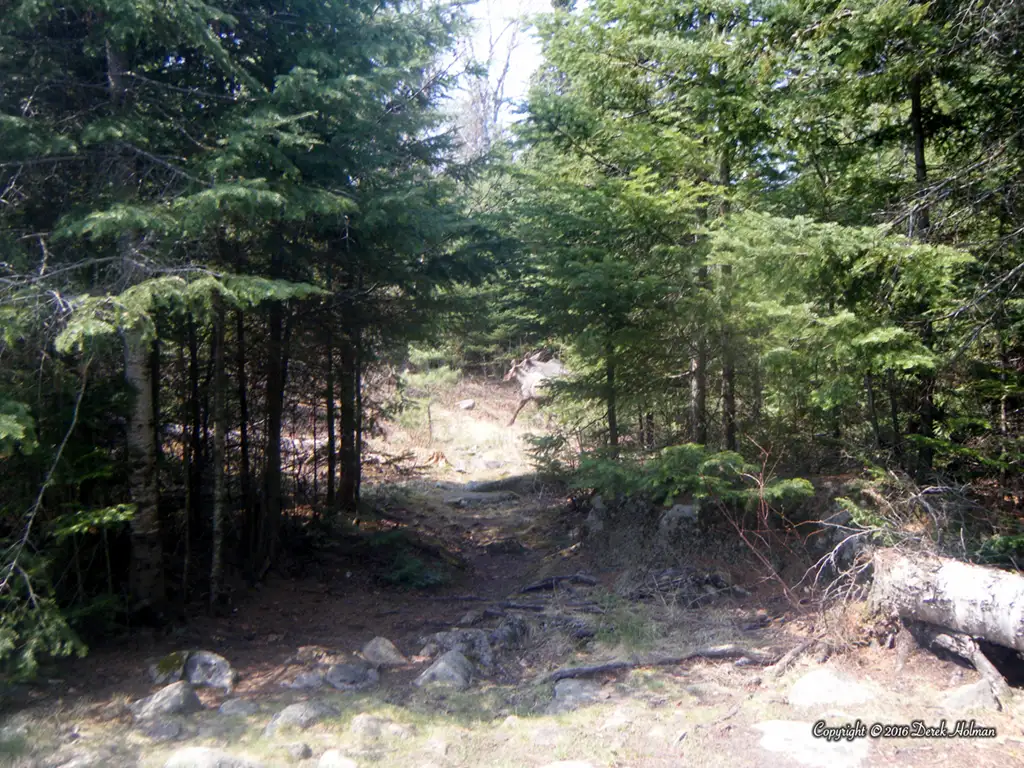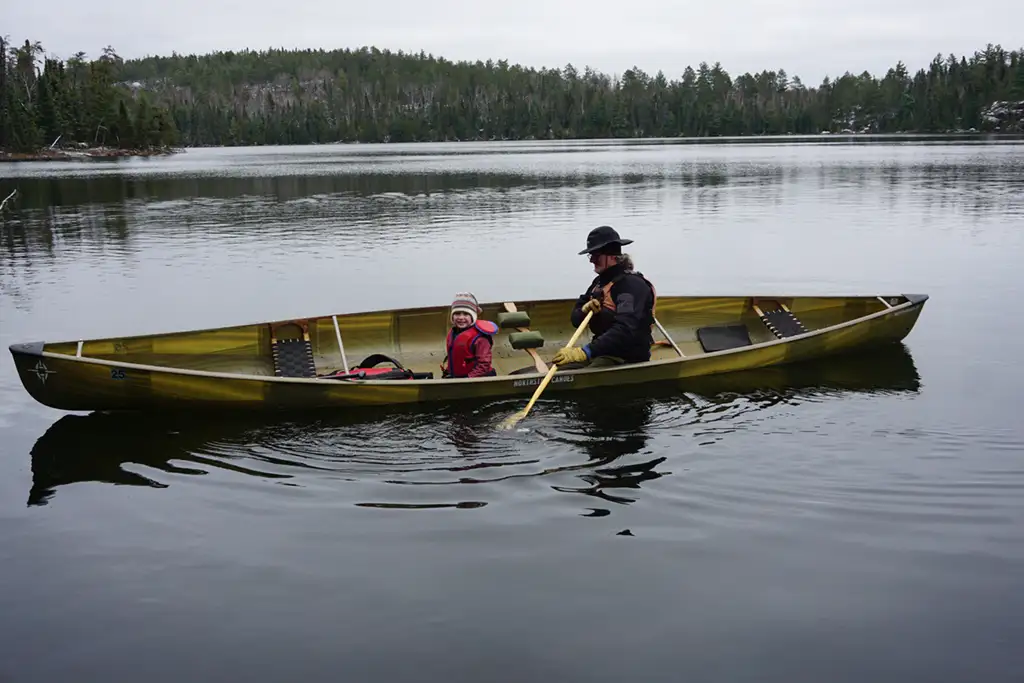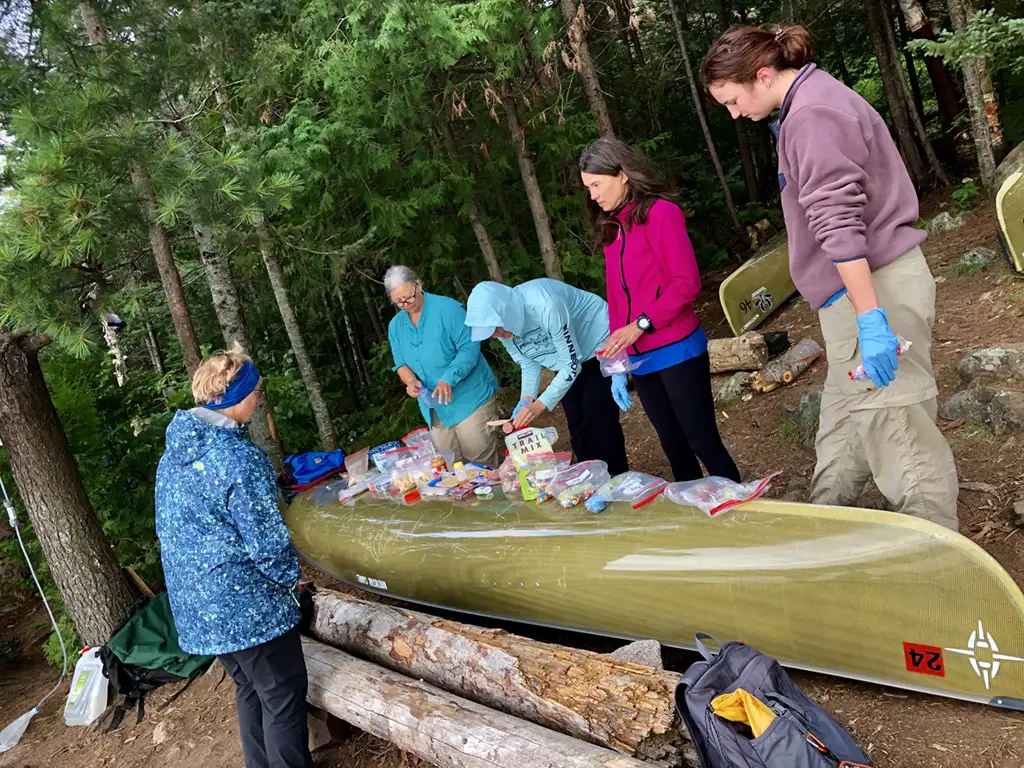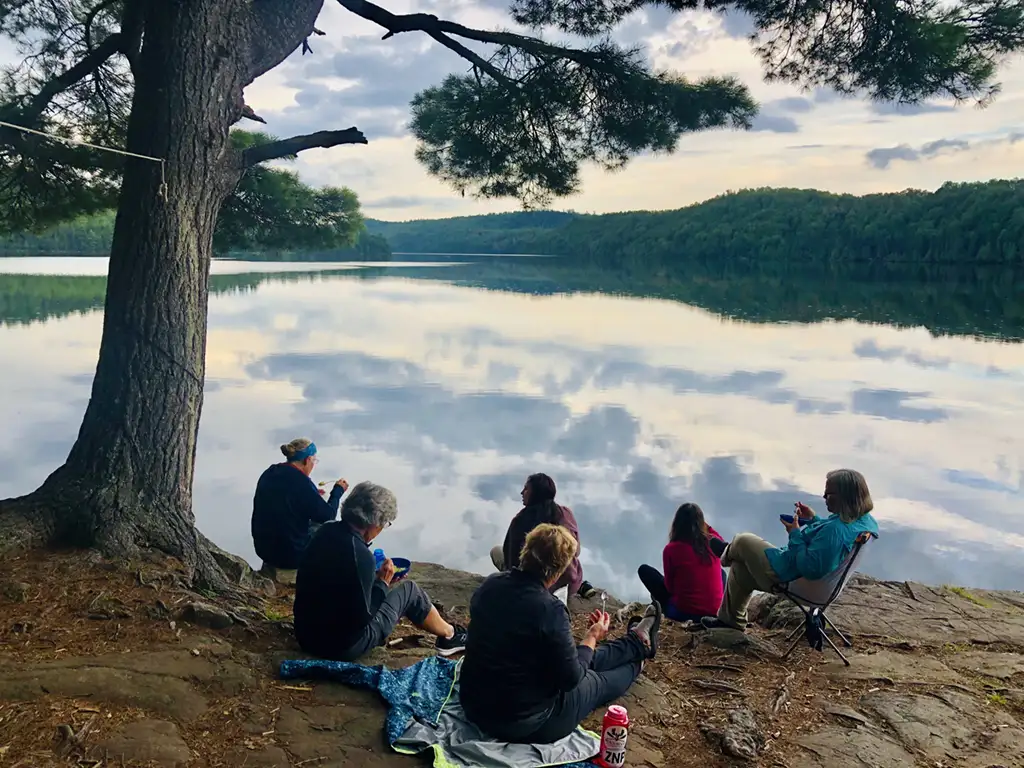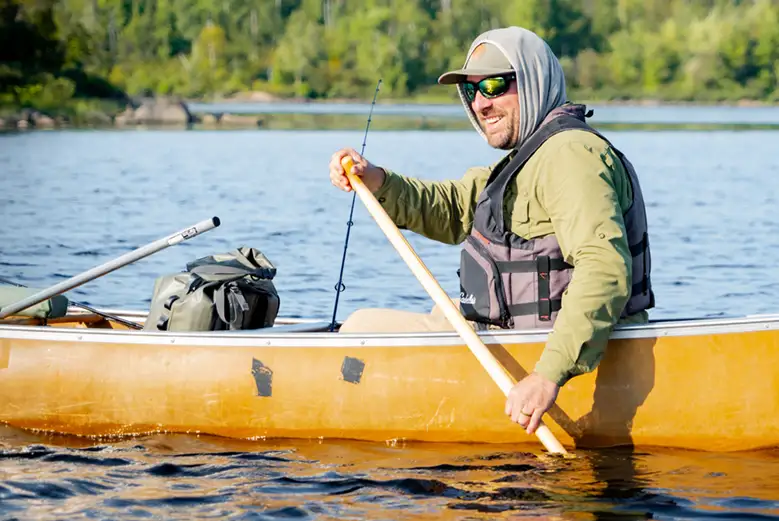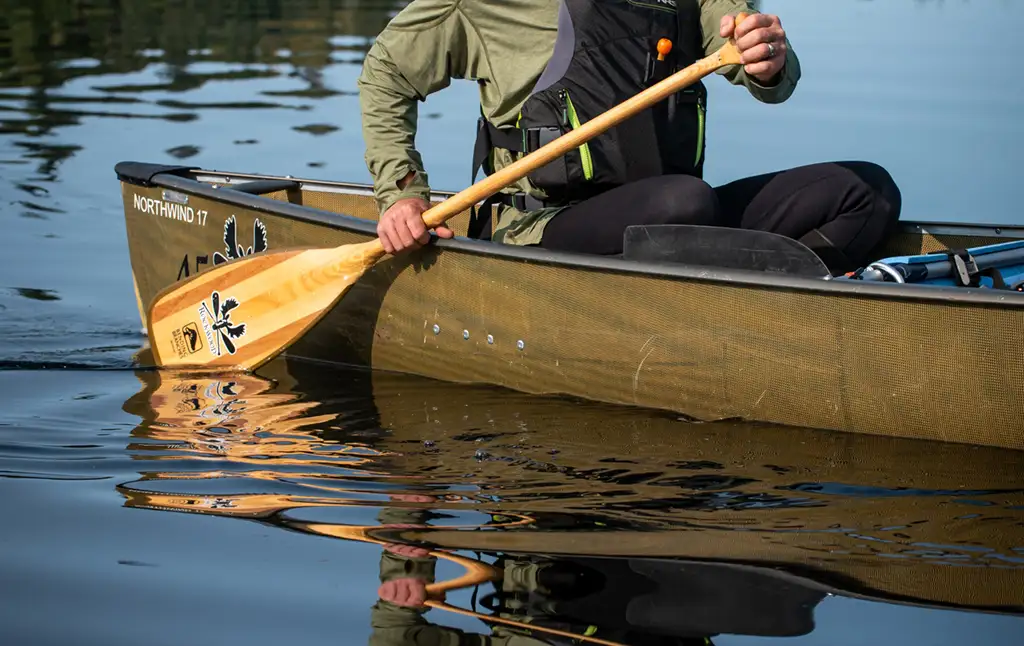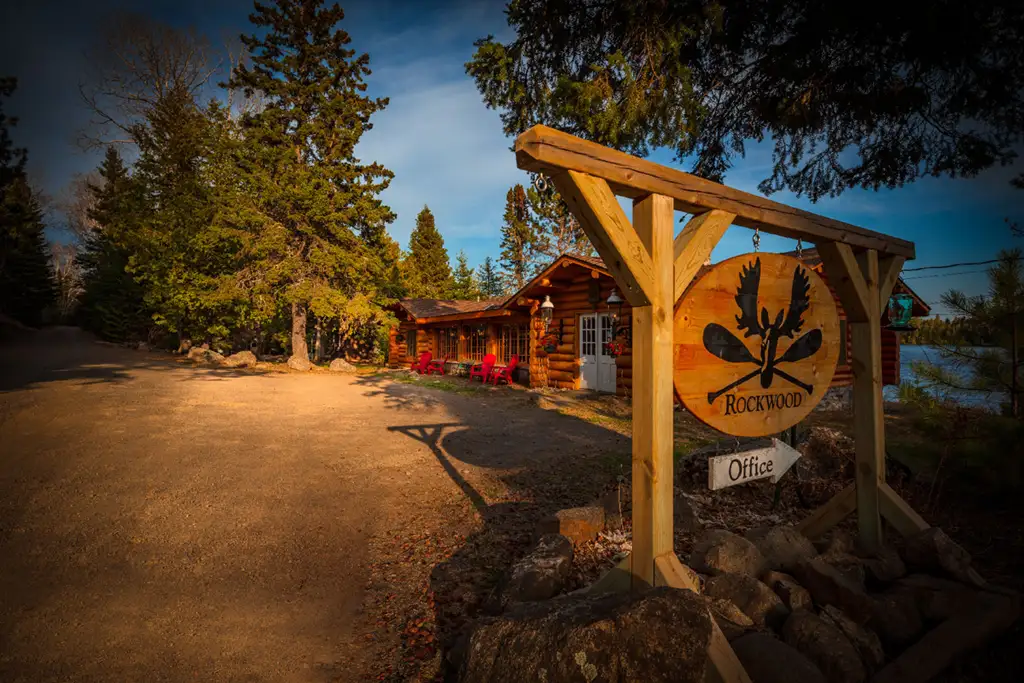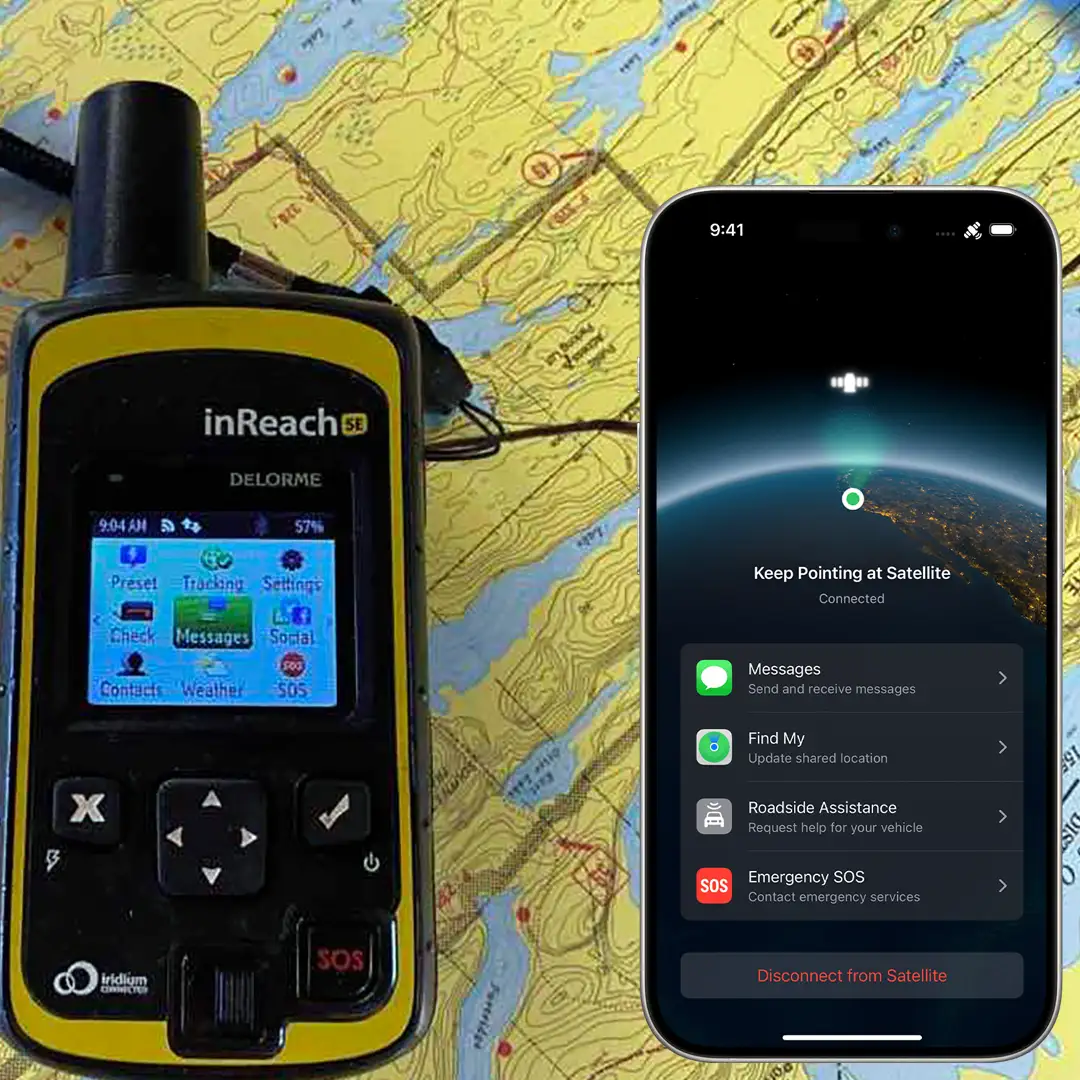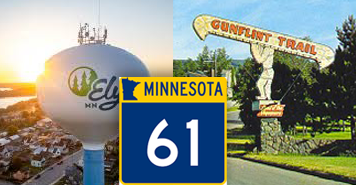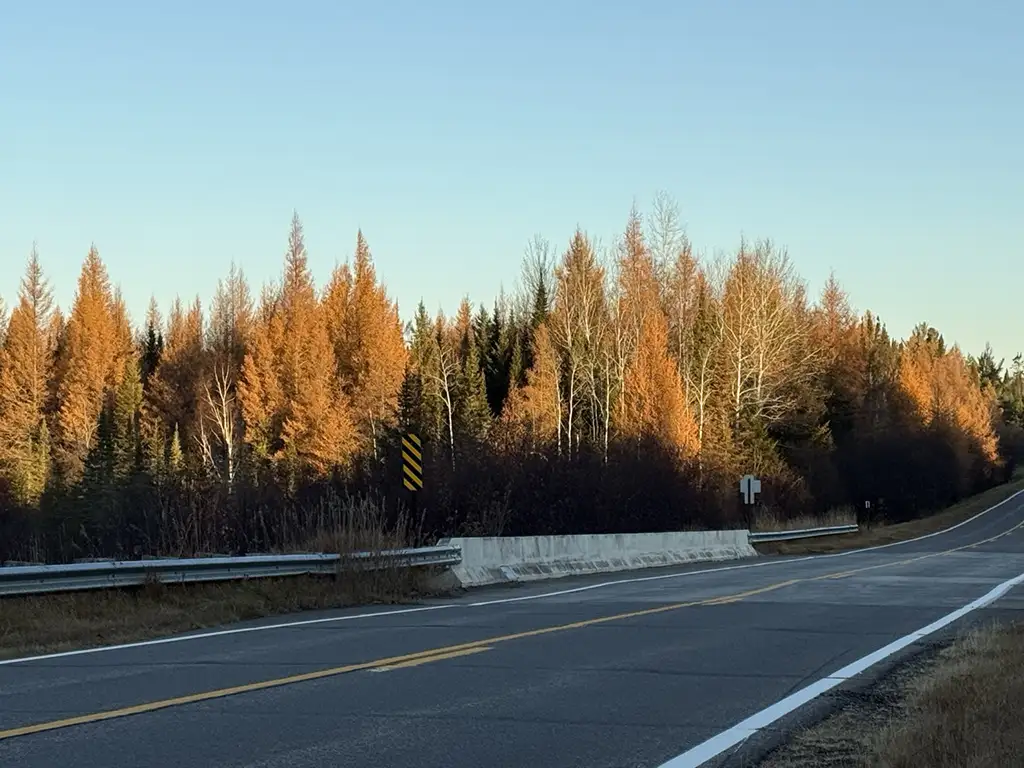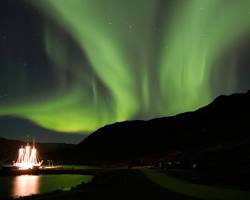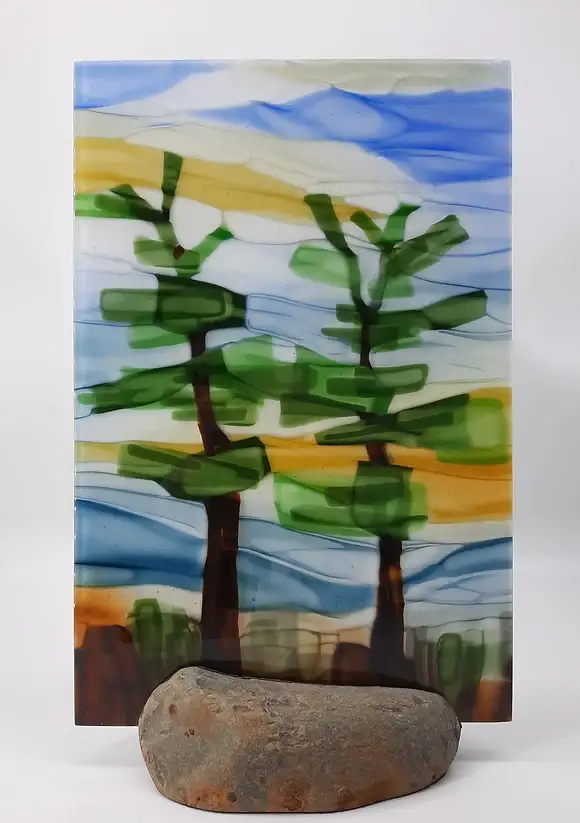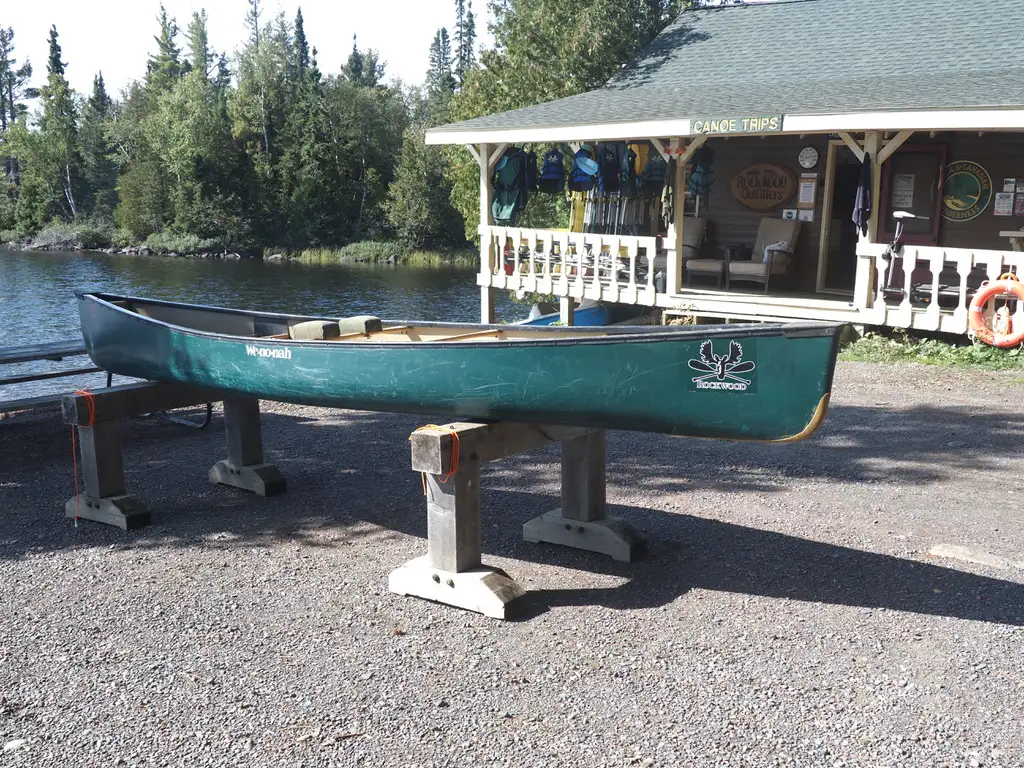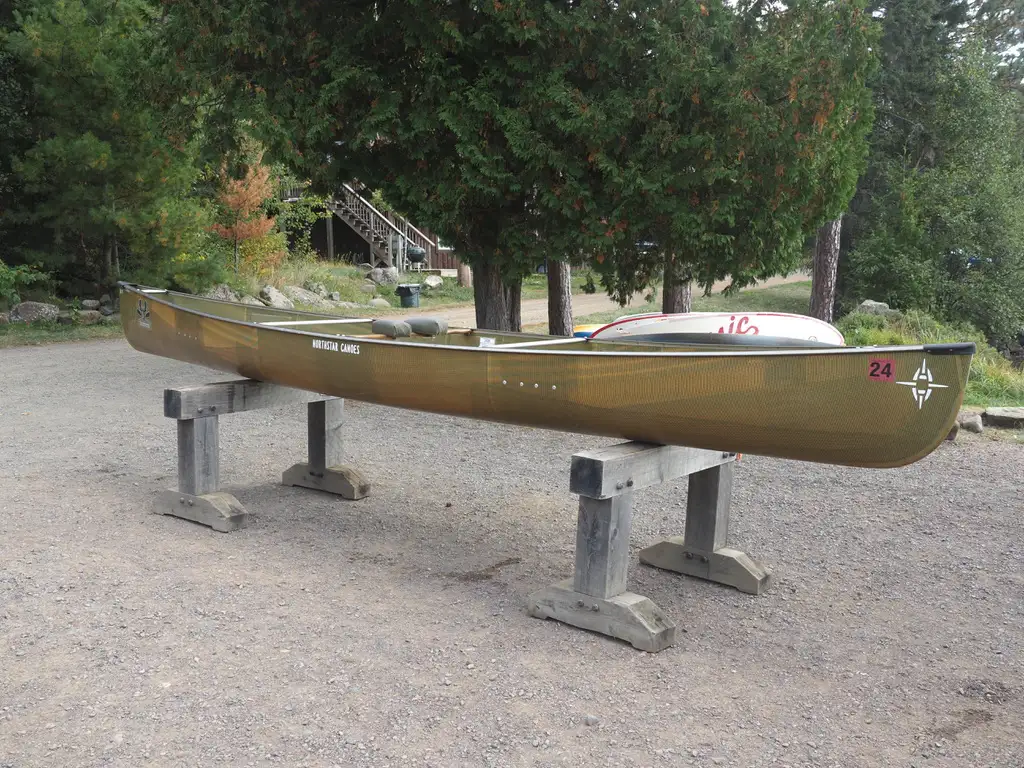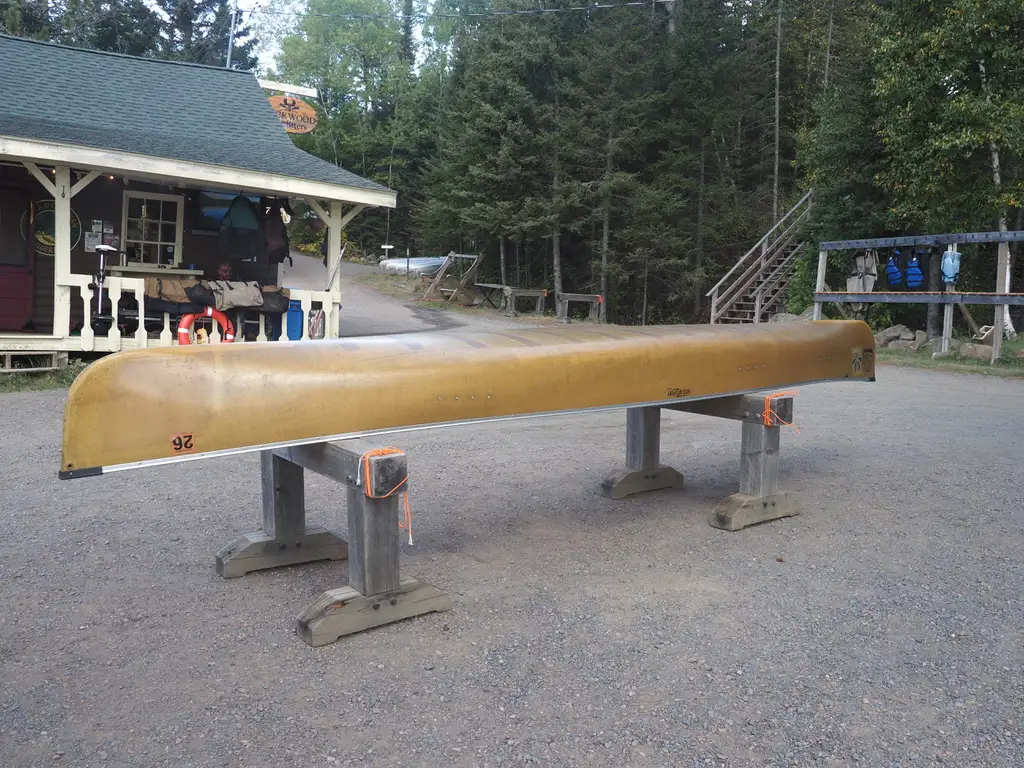A Brief History of the Boundary Waters Wilderness Area

—
A Brief History of the Boundary Waters
The history of conservation of wild areas in the USA can be said to have started during the presidency of Theodore Roosevelt, sometimes called the Conservation President. During almost two consecutive terms as President, Teddy set aside approximately 230 million acres of public lands between 1901 and 1909– 150 national forests, the first 55 federal bird reservations and game preserves, five national parks, and 18 national monuments.
Although humans lived and passed through the Boundary Waters Canoe Area Wilderness (BWCAW) in northeastern Minnesota for centuries, it remained a sparsely populated region until the late 1800s when gold, silver, and iron resources were discovered and exploited. Simultaneously, this was a time of an intense logging effort to produce the lumber needed by the mines and the growing settlements in the Midwest.
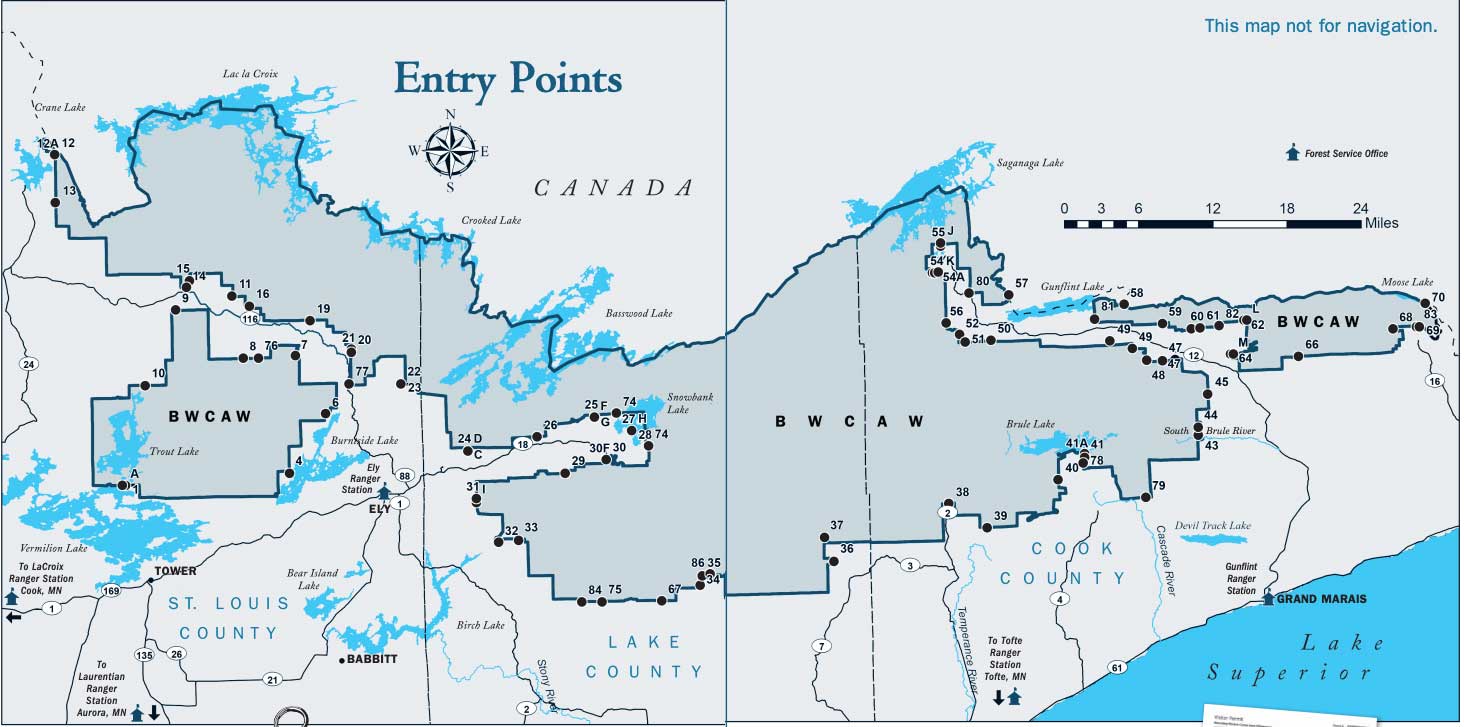
Efforts to preserve the wilderness in the area of the Superior National Forest have gone on since then. Controversy reared its head at every step as people who worked and lived in or near the wilderness faced forced relocations and sometimes stringent rules about using local resources.
Teddy Roosevelt signed a Presidential Proclamation in February of 1909, officially creating the Superior National Forest (SNF). The original acreage in the forest was 644,114 acres, much of it cut over or burned over lands, lands that nobody wanted.
In 1902, Minnesota’s Forest Commissioner Christopher C. Andrews persuaded the state to reserve a half-million acres of land near today’s BWCAW from being sold to loggers. In 1905, he visited the area on a canoe trip and was impressed by its natural beauty. He was able to save another 141,000 acres from being sold for development. Andrews soon contacted the Ontario government to encourage it to preserve some of the area’s land on their side of the border, noting that it could be “an international forest reserve and park of very great beauty and interest.”
By the 1920s, roads were being built in the SNF to make the area more accessible for recreational purposes: Hunting, Fishing, Trapping, Camping, and Canoeing. In 1926, a section of 640,000 acres within the SNF was designated a roadless wilderness area by US Secretary of Agriculture William Marion Jardine. This area became the nucleus of today’s BWCAW.
The Shipstead-Nolan Act, passed by the US Congress in 1930, prohibited logging and dams within the area to preserve its natural water levels. Through additional land purchases and shifts in boundaries, the amount of protected land owned by the government in the region grew even further. In 1938, the area was renamed the Superior Roadless Primitive Area.
The Wilderness Act of 1964, signed into law by President Lyndon Johnson, was drafted and rewritten by Howard Zahniser, Executive Director of The Wilderness Society. Originally introduced to Congress in 1956, the law established the National Wilderness Preservation System (NWPS). Today, that system consists of 806 wilderness areas in 44 states and Puerto Rico, protecting more than 112 million acres. The BWCA, designated in 1958, was among the first areas brought into the NWPS.
The Wilderness Act and the NWPS provided a legal definition of wilderness. The NWPS established a process for designating wilderness areas and set up provisions for acceptable use. The stated intent of the Wilderness Act of 1964 was to maintain wilderness “for the use and enjoyment of the American people in such manner as will leave them unimpaired for future use and enjoyment as wilderness.”
The USFS lists multiple benefits from the designated wilderness areas under the NWPS.
- Protecting watersheds from degradation
- Create a natural lab for research to study biological processes
- Educational and training for schools and universities
- Aesthetic value through public contact with the natural environment
- For some, the wilderness holds spiritual value
- Provide a window to the past
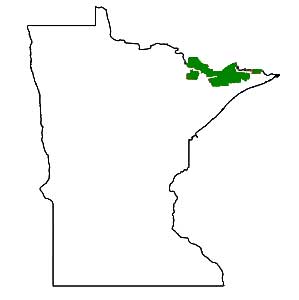
The Boundary Waters Canoe Area Wilderness (BWCAW) was created by Congress with the BWCAW Act in October of 1978. This legislation provided specific guidance to the USFS for managing the million-plus acres of woodlands and waterways of the SNF.
Specifically, the act had clear objectives:
- Establish the BWCA Mining Protection Area
- Protect and manage fish and wildlife with the intent of enhancing public enjoyment of the region
- Protect the natural values and environmental quality of lakes, streams, shorelines, and associated forest
- Maintain high-quality water
- Minimize the environmental impacts associated with mineral extraction
- Prevent further road and commercial development and restore natural conditions to existing temporary roads in the wilderness
- Provide an orderly and equitable transition from motorized to non-motorized recreational uses.
The transition to the current BWCAW regime was not without controversy, locally and nationally. Today, the BWCAW is one of the most heavily used wilderness areas under the NWPS umbrella.
With approximately 1,175 lakes, varying from 10 acres to 10,000, along with several hundred miles of rivers and streams, the BWCAW is the largest and only federal wilderness of substantial size east of the Rocky Mountains and north of the Florida Everglades. The BWCAW contains the largest contiguous forest area in the eastern half of the US.
The BWCAW is one of the country’s most heavily used wilderness areas, seeing more than 150,000 people visiting each year.
It is a Class I air quality area defined by the Federal Clean Air Act. It is the only wilderness area in the country with an airspace restriction prohibiting over-flights below 4,000 feet.
We hope you will visit the BWCAW in the coming months. The Rockwood team is here to help you plan and outfit an unforgettable wilderness experience. From the solo canoeist to a group of family and friends, we can help get you into the BWCAW safely and comfortably.
We leave you with the words of Sigurd Olson, one of the leaders in securing the BWCAW legislation of 1978. He wrote:
“There is magic in the feel of a paddle and the movement of a canoe, a magic compounded of distance, adventure, solitude, and peace. The way of a canoe is the way of the wilderness and of a freedom almost forgotten.”

